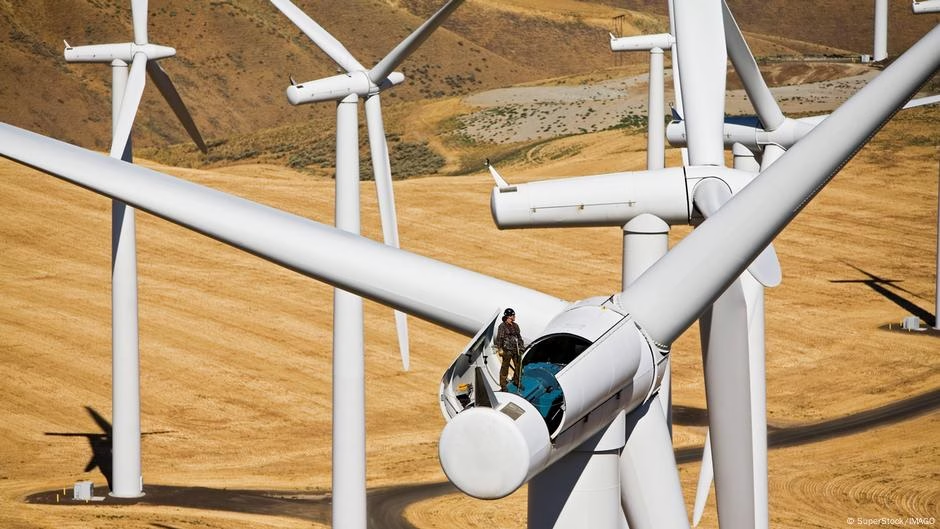Over the past two decades, wind turbines have grown significantly, increasing in height from an average of 100 meters (328 feet) to over 245 meters. Some models can now generate up to 18 megawatts of electricity in offshore projects where wind speeds are abundant, a considerable increase from the 2 megawatts produced in 2000.
The primary reason for these advancements is improved efficiency. Wind speeds at higher altitudes are stronger and more consistent, leading to greater electricity production. Additionally, taller towers accommodate longer rotor blades, which can capture more wind with a larger blade area. This enhancement can lead to four times more electricity output by merely doubling the blade radius. This factor encourages manufacturers to invest due to the potential economic benefits of capturing low-speed winds.
Although these low-wind turbines carry a 35%-45% higher setup cost due to additional materials and specialized components, researchers, including climate and energy policy professor Marie Münster from the Technical University of Denmark, suggest these models could expand the geographical scope of wind energy, offering potential in regions previously unsuitable.
Münster noted that these new designs could also increase capacity, enabling energy producers to harness clean energy sources in less favorable conditions. This could lead to increased revenue for turbine owners when electricity prices are higher.
Despite these benefits, the large blade designs are still in the developmental phase, with major manufacturers hesitant to comment on their imminent introduction.
Challenges in Designing Large Wind Turbines
Height isn’t the only challenge in expanding wind energy. Researchers are tackling the technical issue of scaling up other turbine components, particularly gearboxes.
Located in the central nacelle, these massive units channel the wind’s rotational force to the generator, converting kinetic energy into electricity. taller turbines require more powerful gearboxes, but space in the nacelle is limited. Designers are developing more powerful, space-saving models that reduce the turbine’s footprint by minimizing weight support needs.
Thorsten Fingerle, head of technical product management at German gearbox manufacturer Winergy, noted that replacing ball bearings with a thin layer of lubricant has allowed for doubling the power of gearboxes without increasing size. He projects that offshore turbines will reach up to 30 megawatts in the coming years, nearly double today’s average, but warns of other limiting factors.
Transporting these massive components is challenging, given the limits of bridges and streets. Rotor blades, for example, can exceed 100 meters in length. Segmenting blades into smaller, connectable parts is proposed as a solution, but it comes with design and assembly challenges, potentially offsetting transportation savings.
Wind Energy’s Challenges and Potential in Germany
While the wind sector faces design and supply chain challenges exacerbated by the COVID-19 pandemic, causing a surge in turbine costs, it remains vital for Germany’s energy supply. Despite these hurdles, innovations and efforts to streamline regulatory approvals offer optimism for the future of wind energy.
Wind energy sources accounted for nearly 60% of Germany’s 2024 electricity supply, underscoring its importance. With ongoing innovation and technological improvements, industry experts like Fingerle remain optimistic about the future of wind energy, especially considering the pressure to innovate from markets like China.
Edited by: Tamsin Walker
Source: https://www.dw.com/en/how-to-build-even-better-wind-turbines/a-71698553?maca=en-rss-en-all-1573-rdf








